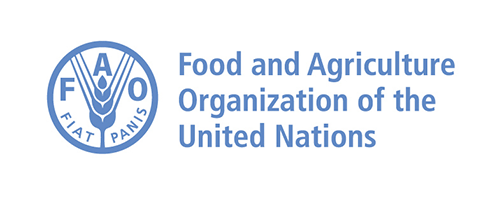The FAO Legal Office provides in-house counsel in accordance with the Basic Texts of the Organization, gives legal advisory services to FAO members, assists in the formulation of treaties on food and agriculture, for which the Director-General acts as Depositary, publishes legal studies and maintains a database (FAOLEX) of national legislation and international agreements concerning food and agriculture (including fisheries, forestry and water).
Members:
Resources
Displaying 1996 - 2000 of 15550Niue Act 1966 (No. 38).
This New Zealand Law, consisting of 33 Parts and 3 Schedules, provides for various matters that apply to the territory of Niue, including Village Councils, cases stated by the High Court or Land Court or Land Appellate Court and cases stated by Supreme Court for Land Appellate Court, land taxes and land development. The Land Court may by Order declare that any Niuean land shall be subject to the provisions of act relating to land development.
Mining Act.
This Act makes provision for the control of mining and related operations in the Fiji Islands.The Act consists of 68 sections divided into 7 Parts: General (I); Prospecting and mining (II); Damage and compensation (III); Registration, approval and stamping of documents (IV); Miscellaneous (V); Penalties (VI); Regulations (VII).All minerals of every description, including crude oil,shall be deemed always to have been the property of the Crown and shall be deemed not to have been parted with under any alienation, dedication, lease, licence or permit of such lands save in so far as such rights
Barbados Independence Order 1966 and the Constitution of Barbados.
Décret n° 173/PR du 2 juin 1965 réglementant les occupations du domaine public.
Le présent décret régit les occupations du domaine public naturel ou artificiel. Le domaine public naturel comprend notamment les rivages de la mer constitués par les terrains alternativement couverts et découverts par les eaux lors des plus hautes marées; es eaux maritimes intérieures, telles que les havres, rades, golfes, baies et détroits ainsi que les lagunes et les étangs salés communiquant avec la mer; les fleuves et les rivières ainsi que les lacs et étangs d'eau douce dans les limites du plus haut niveau de leurs eaux avant le débordement.



